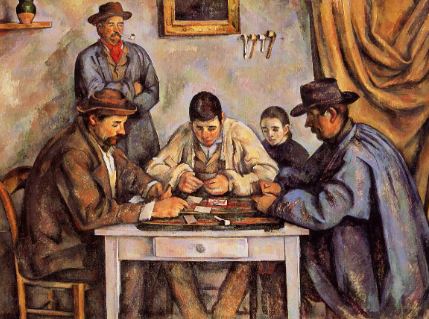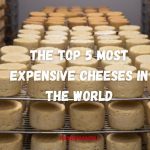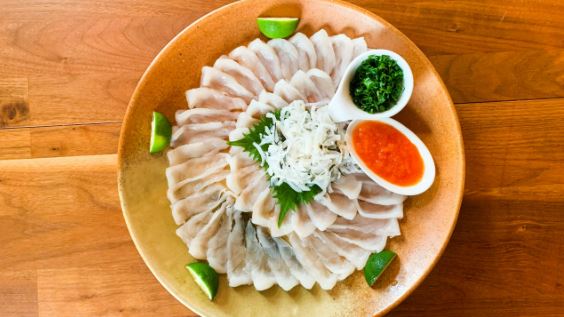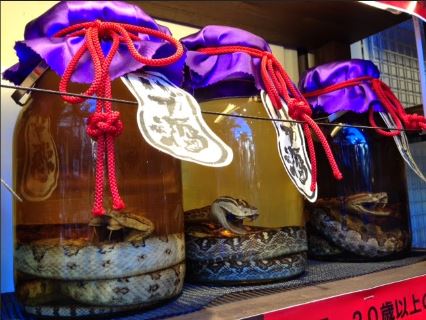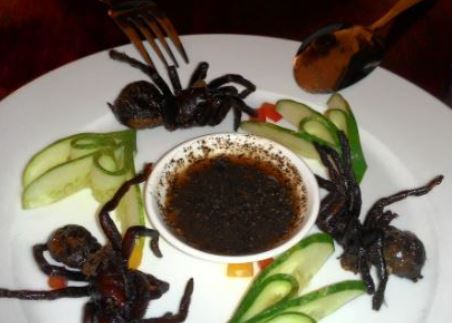1.The Great Mosque of Mecca
The holiest place in Islam is the Great Mosque of Mecca, also known as Masjid al-Haram. It is the biggest mosque in the world. It is centered around the holy Kaaba, the center of Muslim prayer and pilgrimage, and is located in Mecca, Saudi Arabia. The history of the mosque spans centuries, during which it underwent multiple additions to house the increasing number of worshippers. The goal of the most recent extension project was to improve facilities and capacity. The Black Stone, the Zamzam Well, and the Maqam Ibrahim are all part of the complex of mosques. The mosque is characterized by its towering minarets and magnificent fusion of traditional and modern architecture. As a symbol of solidarity for Muslims worldwide, it draws millions of people each year for the Umrah and Hajj pilgrimages.

2.Abraj Al Bait
Situated in Mecca, Saudi Arabia, Abraj Al Bait is a collection of seven towers that dominate the skyline close to the Kaaba’s home, Masjid al-Haram. When it was finished in 2012, it was among the world’s highest structures. The largest clock face in the world may be found atop the landmark Clock Tower Hotel, which is located in the center of the city. The complex houses residences, retail centers, and opulent hotels that serve as lodging for pilgrims and guests. With its modern amenities and reverence for the holy significance of Mecca, Abraj Al Bait is an essential component of the city’s growth. Because of its advantageous placement, it is both a well-known monument and a representation of the holy city’s changing infrastructure in response to the demands of its growing tourist population.

3.Marina Bay Sands
An prominent integrated resort in Singapore, Marina Bay Sands is well-known for its eye-catching architecture and opulent amenities. The resort, which dominates the city skyline, has three imposing hotel buildings united by a distinctive rooftop SkyPark. The SkyPark features magnificent gardens, an infinity pool, and expansive city views. The resort’s interior features a top-notch casino, a retail center, theaters, and a wide variety of eating establishments, including eateries with celebrity chefs. The ArtScience Museum and the evening Spectra light and water show are two examples of the resort’s dedication to entertainment. Marina Bay Sands is a well-liked tourist and local site that has come to represent Singapore’s modernism.

4.Resorts World Sentosa
Located on Sentosa Island in Singapore, Resorts World Sentosa is a top integrated resort with a wide variety of recreational and entertainment options. The resort includes Dolphin Island, S.E.A. Aquarium, Adventure Cove Waterpark, a top-notch casino, and Universal Studios Singapore theme park. Explore the exhibits on maritime history at the Maritime Experiential Museum. There are opulent lodging options such as the Hard Rock Hotel and the Crockfords Tower. The location also offers fine dining at restaurants with star chefs, a lively nightlife at the Beach Villas, and upscale shopping at The Forum. For both visitors and locals, Resorts World Sentosa creates an engaging and thrilling experience by fusing entertainment, hospitality, and food.

5.SoFi Stadium
Modern sports and entertainment complex SoFi Stadium is situated in Inglewood, California. When finished in 2020, it will house the National Football League’s (NFL) Los Angeles Rams and Los Angeles Chargers. The Oculus, a massive circular video board, is one of the technological highlights of SoFi Stadium’s contemporary architecture. The stadium can accommodate up to 100,000 people for events in addition to football, and it is capable of holding concerts and large-scale entertainment events. It is an important addition to the Los Angeles region’s sports and entertainment scene and is a component of the greater Hollywood Park development.






